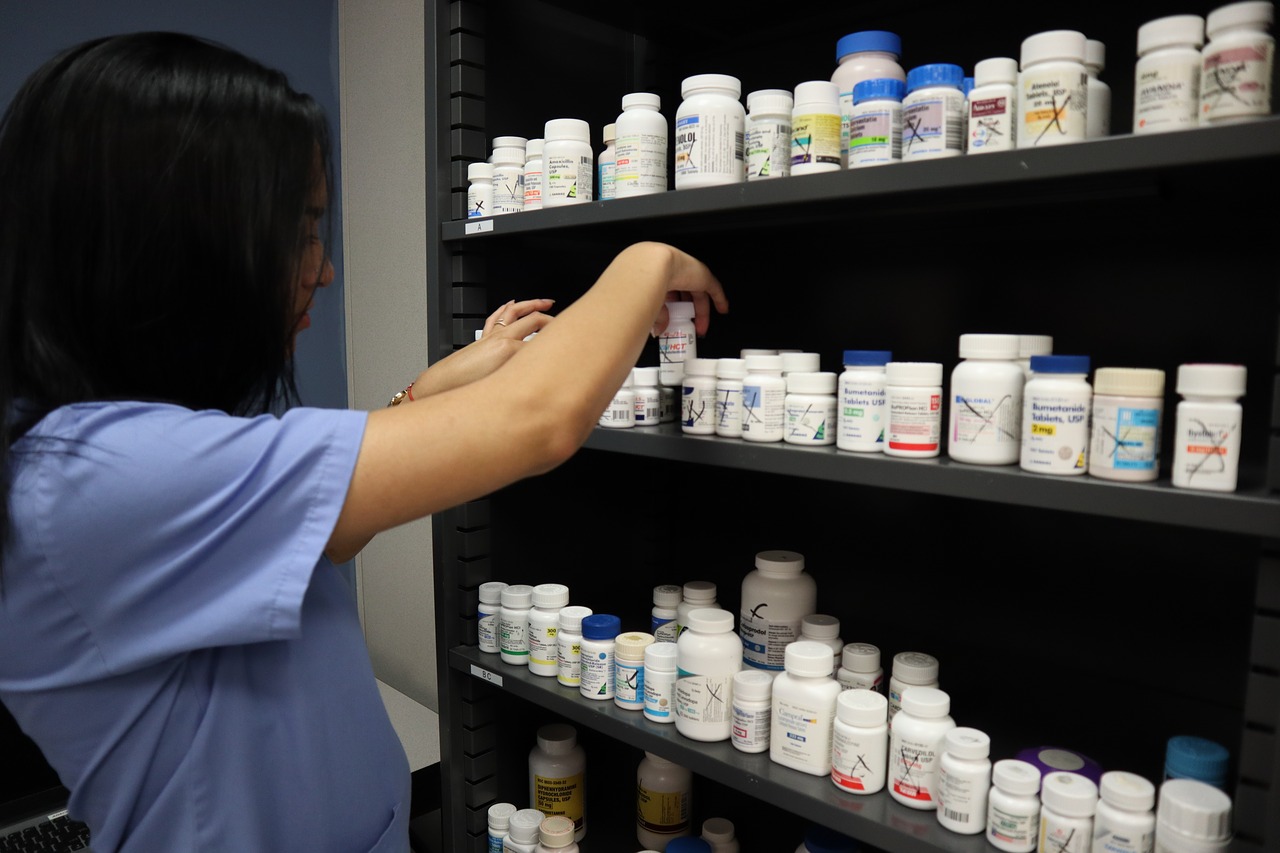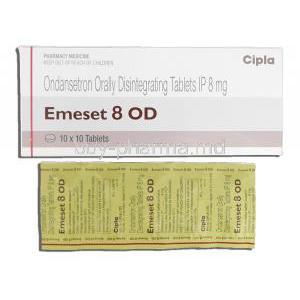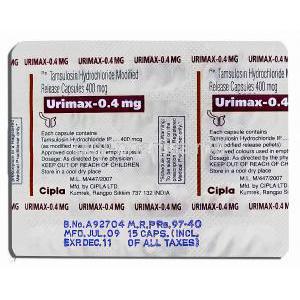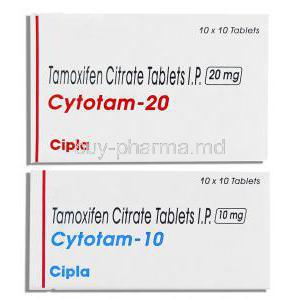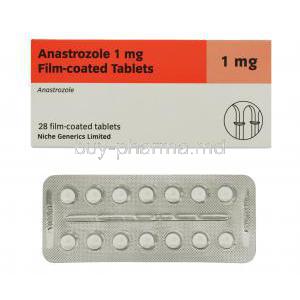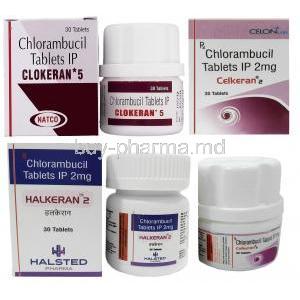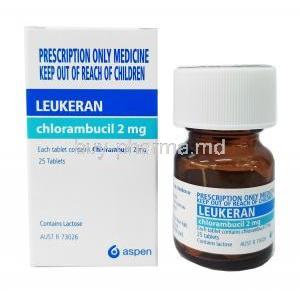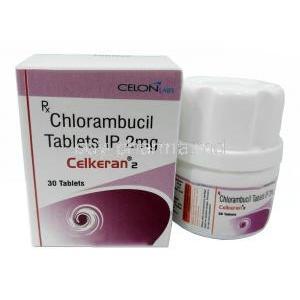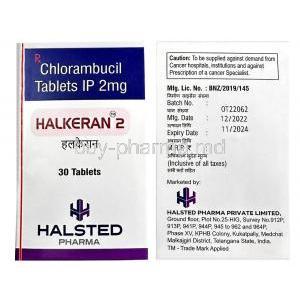Pegaspargase Injection
- I. Introduction
- II. Composition
- III. How It Works
- IV. Uses
- V. Off-label Use
- VI. Dosage and Administration
- VII. Side Effects
- VIII. Common Side Effects
- IX. Serious Side Effects and Complications
- X. Important Precautions
- XI. Interaction
- XII. Warning
- XIII. Contraindication
- XIV. Careful Administration
- XV. Administration to Elderly
- XVI. Administration to Pregnant Women and Nursing Mothers
- XVII. Administration to Children
- XVIII. Overdosage
- XIX. Handling Precautions
- XX. Storage
I. Introduction
Pegaspargase Injection Overview: Pegaspargase is an enzyme treatment widely used in the field of oncology specifically for addressing Acute Lymphoblastic Leukemia (ALL). This innovative biopharmaceutical aims to break down asparagine, an amino acid essential for the growth of leukemia cells, thus halting their proliferation.
Historical Progression: The development journey of Pegaspargase showcases the advancements in science transitioning from native L asparaginase to its pegylated version for enhanced effectiveness and reduced immune response. This transition marks an achievement in targeted cancer treatment.
Significance in Medical Care: Pegaspargase holds a position in the array of therapies available for ALL, providing hope to patients, especially those who react strongly to native asparaginase formulations. Its contribution is invaluable in achieving remission and enhancing survival rates.
II. Composition
Key Components in Pegaspargase Injection: The main element found in this injection is pegylated L asparaginase, an enzyme for breaking down asparagine. This alteration boosts the molecule's presence in the bloodstream, enabling frequent administration. Other additives, like sodium phosphate and sodium chloride are carefully chosen to uphold the stability and isotonicity of the formula guaranteeing effectiveness and patient ease during use.
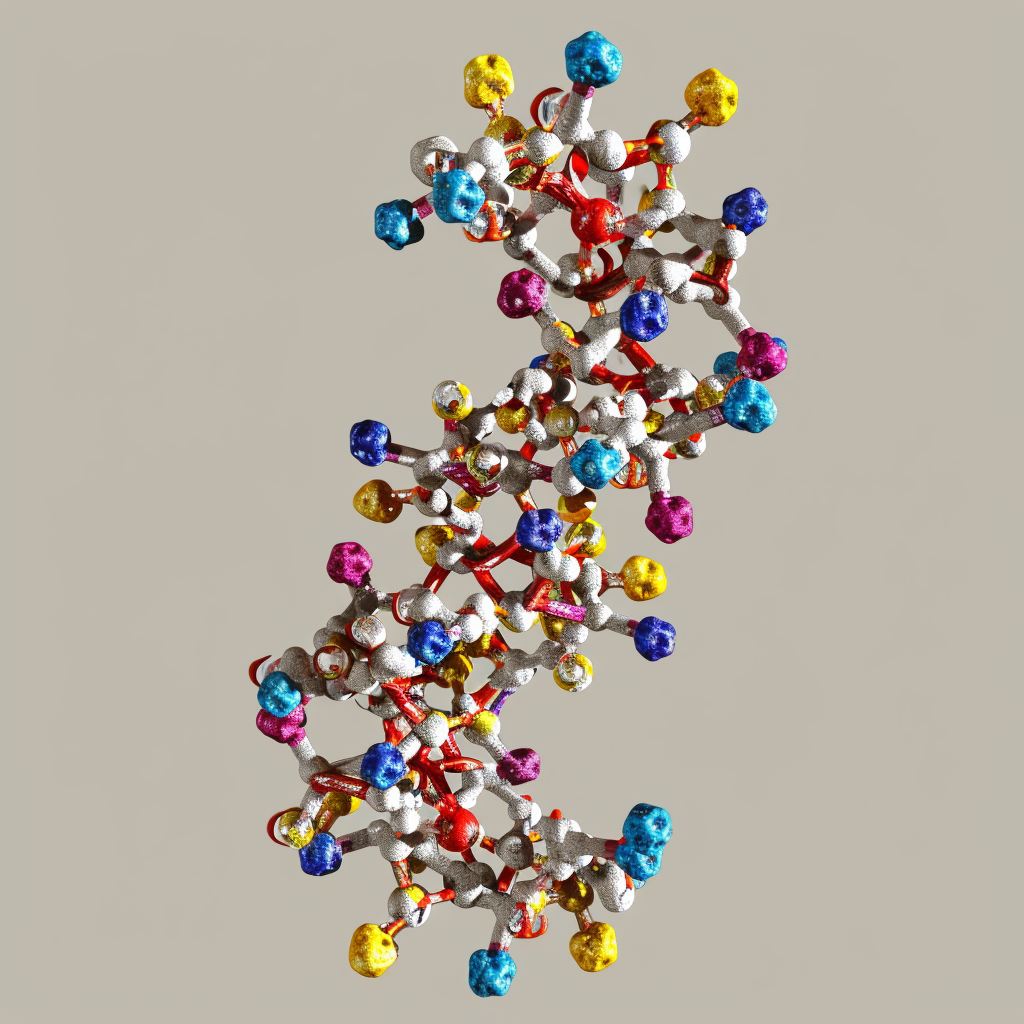
III. How It Works
The way Pegaspargase works in the body involves reducing the levels of asparagine, which is crucial for its therapeutic effect. This depletion of asparagine prevents cells unable to produce their own asparagine from continuing to survive, ultimately leading to cell death. Compared to treatments using asparaginase pegylated Pegaspargase offers significant advantages by lowering immune reactions and prolonging its effectiveness allowing for better treatment plans.
When targeting cancer cells, this drug focuses on the metabolic weakness of cells while preserving normal cells that can make their own asparagine. This approach creates an opportunity, with minimal harm, to healthy tissues.
IV. Uses
-
Pegaspargase in Acute Lymphoblastic Leukemia (ALL):
- Pegaspargase, also known as Oncaspar, is a modified form of L-asparagine amidohydrolase.
- Its primary purpose is to treat Acute Lymphoblastic Leukemia (ALL), a type of cancer characterized by an excess of white blood cells in the bone marrow and blood circulation.
- In patients with ALL, leukemia cells have low levels of the enzyme asparagine synthetase, leading them to depend on exogenous sources of asparagine.
- Pegaspargase works by converting L-asparagine into aspartic acid and ammonia, effectively starving tumor cells of this essential amino acid and causing them to die12.
V. Off-label Use
- Beyond ALL, Pegaspargase is being studied for its benefits in treating other types of cancers that also rely on asparagine.
- This highlights how enzyme-based cancer treatments are evolving and expanding their therapeutic reach.
- By targeting specific metabolic pathways, Pegaspargase offers hope in the fight against cancer across different contexts1.
VI. Dosage and Administration
Administering Pegaspargase requires a customized strategy that is adjusted based on each patient's requirements and medical circumstances. This involves having a grasp of dosage protocols, making necessary adaptations for different demographic groups, and following recommended administration methods to achieve the best results and enhance the patient's overall treatment experience.
VII. Side Effects
The experience of undergoing treatment with Pegaspargase can be quite impactful. It does come with its share of difficulties especially when it comes to dealing with side effects. These can vary from temporary reactions to serious issues that could pose a risk to ones life requiring a vigilant approach, in monitoring recognizing and addressing them to ensure the patients health and safety.
VIII. Common Side Effects
Listing the adverse outcomes, this part acts as a tool for healthcare providers to foresee, identify, and lessen the effects of these reactions. This helps improve acceptance and adherence to treatment.
IX. Serious Side Effects and Complications
Serious complications serve as a reminder of the need for vigilance and preparedness in healthcare settings. This involves having a system in place for early detection, quick response, and detailed emergency procedures to prevent possible emergencies, highlighting how crucial patient safety is in the treatment process.

X. Important Precautions
Monitoring Requirements: It is crucial to stay alert, conducting regular checks on liver and kidney functions while also keeping an eye out for any signs of allergic reactions to address any issues proactively.
Steps Before and After Treatment: A comprehensive examination of the patient's medical background is necessary to avoid any potential contradictions. Following the treatment, it is essential to watch for any indications of reactions or hypersensitivity for prompt action.
Special Considerations for At-Risk Groups: Patients with existing conditions, like pancreatitis or thrombosis, require attention with treatment plans tailored to reduce their heightened risks effectively.
XI. Interaction
Drug Interactions: When using Pegaspargase along with medications, there is a risk of adverse interactions that require a thorough assessment of the patient's current medication regimen.
Food Interactions: The effectiveness and tolerability of the drug can be affected by choices. It may be helpful to advise patients to avoid foods.
Effects on Test Results: Pegaspargase can impact the outcomes of lab tests, highlighting the importance for healthcare providers to adjust their diagnostic interpretations accordingly.
XII. Warning
Black Box Warnings and Their Significance: Pegaspargase comes with risks outlined in black box warnings, such as the potential for severe thrombosis and pancreatitis. This calls for increased vigilance and proactive measures to manage these risks effectively.
Regarding Contraindications and Cautions: Individuals with a hypersensitivity to asparaginase or any of its components should avoid its use, as well as those with a history of pancreatitis linked to asparaginase treatment.
XIII. Contraindication
There are some conditions where Pegaspargase should not be used, like liver problems or active bleeding disorders, to avoid making the patient's situation worse. When dealing with mild to liver or kidney issues, it's crucial to carefully weigh the risks and benefits to decide on the best treatment approach.
XIV. Careful Administration
When giving Pegaspargase to groups, it's crucial to tailor the treatment based on their specific needs and how their bodies process the medication. Here are some considerations for populations:
- Elderly: Adjustments to the dosage might be needed due to changes in how older patients respond to the drug.
- Pregnant Women and Nursing Mothers: It's important to carefully assess the risks of any potential harm to the baby before deciding on treatment.
- Children: Dosage for pediatric patients should be adjusted based on their body size or weight, and regular monitoring is essential to watch out for any issues with growth or development.
XV. Administration to Elderly
Taking care of individuals requires a detailed grasp of the medical and aging-related aspects of Pegaspargase treatment, making sure that medication schedules are tailored for effectiveness, with minimal side effects.
XVI. Administration to Pregnant Women and Nursing Mothers
Administering Pegaspargase during pregnancy. Breastfeeding requires a thorough review of the existing clinical evidence weighing the need to protect the fetus or infant from possible harm.
XVII. Administration to Children
In care, it is crucial to have a personalized strategy that considers both the treatment goals and the overall health and growth of the child.
XVIII. Overdosage
In case of an overdose it is crucial to address symptoms and provide necessary support to alleviate any negative effects while closely observing the patients condition.
XIX. Handling Precautions
Safely handling and disposing of Pegaspargase is crucial to safeguard healthcare providers and caregivers from exposure following set protocols to uphold a secure treatment setting.
XX. Storage
Storing Pegaspargase correctly is crucial for maintaining its effectiveness and stability. It is important to follow the recommended storage conditions to ensure that the medication stays potent and safe, for use.
